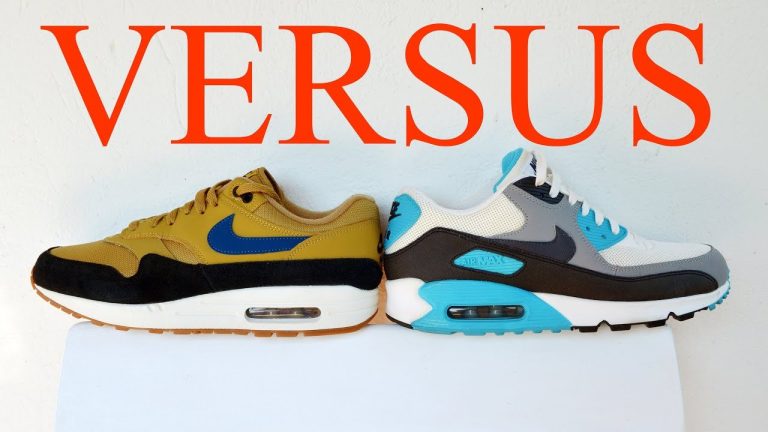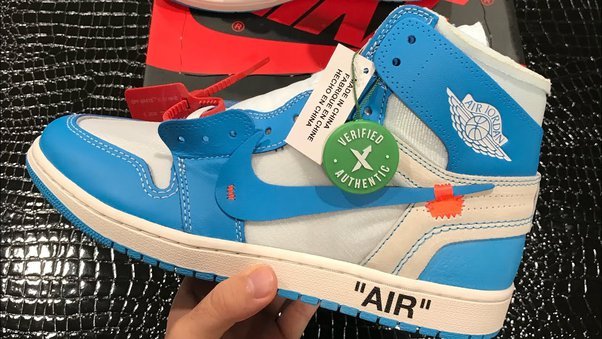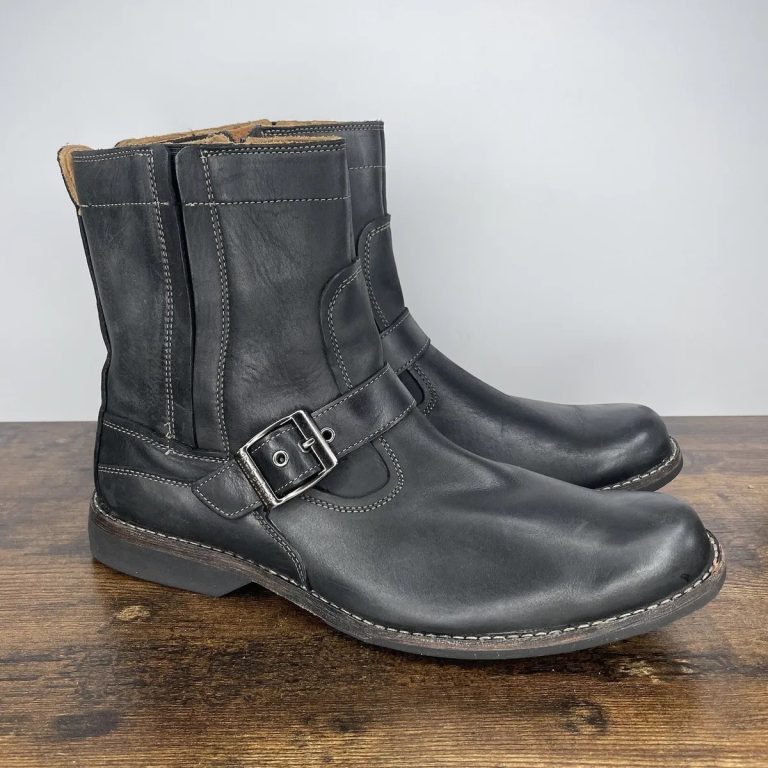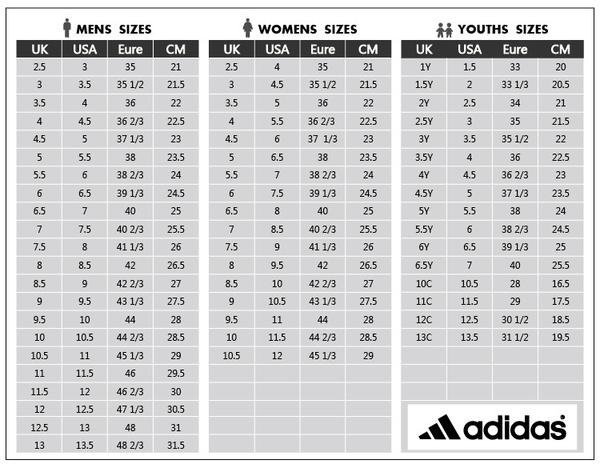Looking for a reliable way to authenticate your sneakers? Wondering which service is better between GOAT and StockX authentication? Well, you’re in the right place. In this article, we’ll explore the key differences and similarities between GOAT and StockX authentication processes to help you make an informed decision. Whether you’re a sneakerhead or just someone looking to sell or buy authentic shoes, understanding the ins and outs of GOAT vs StockX authentication is essential. So, let’s dive into the world of sneaker authentication and see how these two platforms stack up against each other.
GOAT vs StockX Authentication
Introduction
When it comes to buying sneakers and streetwear online, authenticity is crucial. Buyers want to ensure that the products they purchase are genuine and not counterfeit. As a result, platforms like GOAT and StockX have emerged to provide a safe and reliable marketplace for sneaker enthusiasts. Both platforms claim to have strict authentication processes in place to verify the authenticity of the products sold on their platforms. In this article, we will delve deeper into the GOAT vs StockX authentication processes, exploring their similarities, differences, and the overall effectiveness of their authentication systems.
1. Background of GOAT and StockX
Before diving into the authentication processes of GOAT and StockX, it’s important to understand the background of these platforms.
1.1 GOAT
GOAT (Greatest of All Time) is a sneaker marketplace that was founded in 2015. It initially started as a platform for users to buy and sell sneakers, focusing on the resale market. Over the years, GOAT has gained popularity and has expanded to include various categories like apparel and accessories. It offers a wide range of products from popular brands like Nike, Adidas, Jordan, and more.
1.2 StockX
StockX, founded in 2015, is another online marketplace specializing in sneakers, streetwear, electronics, and collectibles. It gained significant attention for its unique stock market-like approach to buying and selling products. StockX has gained a reputation as a reliable platform for sneaker enthusiasts, providing a secure and transparent marketplace.
2. GOAT Authentication Process
GOAT takes great pride in its authentication process, ensuring that every product sold on its platform undergoes thorough verification. Here is an overview of how GOAT authenticates the products:
2.1 Seller Verification
To maintain the integrity of its marketplace, GOAT requires sellers to go through a thorough verification process. Sellers must provide identification, proof of purchase, and submit detailed images of the products they want to sell. This step helps to filter out potential counterfeit sellers and ensures that only reputable sellers are allowed to list their products.
2.2 In-House Authentication
Once a product is sold on GOAT, it goes through an in-house authentication process. GOAT has a team of experienced experts who meticulously inspect and verify the authenticity of each item. This process includes an assessment of the product’s condition, material quality, stitching, and other relevant factors. The team closely compares the product to genuine versions and looks for any signs of counterfeit manufacturing.
2.3 High-Quality Images
GOAT emphasizes the importance of high-quality images for effective authentication. Sellers are required to provide detailed images from multiple angles to showcase the product’s condition and authenticity. These images are used during the authentication process, enabling GOAT experts to closely examine the product’s features and compare them to genuine versions.
2.4 Issuance of GOAT Verified Tags
After successfully passing the authentication process, products on GOAT are marked with a GOAT Verified tag. This tag assures buyers that the product they are purchasing has been thoroughly inspected and verified by GOAT’s experts. It serves as a visual indicator of authenticity and provides buyers with peace of mind.
3. StockX Authentication Process
Similar to GOAT, StockX follows a stringent authentication process to ensure the authenticity of the products sold on its platform. Let’s take a closer look at how StockX verifies the products:
3.1 Seller Verification
StockX requires sellers to go through a strict vetting process before they can list their products for sale. Sellers must provide identification, proof of purchase, and other relevant documentation to verify their authenticity. This step helps to ensure that only trusted sellers are allowed to sell on the platform.
3.2 Fulfillment Centers
StockX operates multiple fulfillment centers where the products sold on its platform are received and verified. These centers have a dedicated team of experts who specialize in product authentication. The team inspects various aspects of the products, including materials, labels, stitching, and other distinguishing features. They compare the products to genuine versions to identify any signs of counterfeiting.
3.3 RFID Tags and StockX Authenticity Cards
To further enhance the authentication process, StockX utilizes RFID (Radio-Frequency Identification) tags and StockX authenticity cards. These elements are included with the products and serve as additional proof of authenticity. The RFID tags are embedded with unique codes that allow buyers to verify the product’s authenticity on the StockX website.
3.4 Transparent Process
StockX takes pride in its transparent authentication process. It provides buyers with visibility into the entire process, from the moment the product is received at the fulfillment center to the final authentication. Buyers can track the progress of their orders and receive updates at each stage of the authentication process. This transparency helps to build trust among buyers, ensuring that they have complete confidence in the products they purchase.
4. Similarities and Differences
While both GOAT and StockX have robust authentication processes, there are some notable differences between the two platforms. Here, we outline the similarities and differences:
4.1 Similarities
– Both GOAT and StockX have strict seller verification processes to ensure that only trusted sellers are allowed to list products.
– Both platforms employ teams of experts who specialize in product authentication.
– Both GOAT and StockX provide buyers with visual indicators of authenticity, such as GOAT Verified tags and StockX authenticity cards.
– Both platforms strive for transparency and provide updates throughout the authentication process.
4.2 Differences
– GOAT has an in-house authentication process, while StockX operates multiple fulfillment centers for authentication.
– GOAT places emphasis on high-quality images provided by sellers, whereas StockX utilizes RFID tags and authenticity cards.
– StockX offers buyers the opportunity to bid on products, similar to a stock market, while GOAT primarily focuses on fixed prices.
5. Effectiveness of GOAT and StockX Authentication
Both GOAT and StockX have gained popularity among sneaker enthusiasts for their authentication processes. However, it is essential to assess the effectiveness of these processes. Here are some factors that contribute to the overall effectiveness:
5.1 Expertise of Authentication Teams
The expertise of the authentication teams plays a crucial role in identifying counterfeit products. Both GOAT and StockX employ experienced experts who are well-versed in spotting counterfeit manufacturing techniques. The expertise of these teams ensures that the vast majority of counterfeit products are detected and removed from the marketplaces.
5.2 Seller Verification Process
The seller verification process acts as the first line of defense against counterfeit sellers. By thoroughly vetting sellers and requiring proof of purchase, both platforms can filter out potential counterfeiters. This process helps to maintain the integrity of the marketplaces and provides buyers with a higher level of trust in the products they purchase.
5.3 Continuous Improvement and Adaptation
Both GOAT and StockX understand the ever-evolving nature of counterfeit manufacturing techniques. As a result, they continuously improve and adapt their authentication processes to combat counterfeiting effectively. This commitment to staying ahead of counterfeiters enhances the overall effectiveness of their authentication systems.
In the world of sneaker and streetwear resale, the authentication process is of utmost importance. GOAT and StockX have established themselves as reliable platforms that prioritize authenticity. Through stringent seller verification, in-house authentication, fulfillment centers, and innovative features like RFID tags and authenticity cards, these platforms have built trust among buyers. While there may be some differences between GOAT and StockX, both platforms are equally effective in providing a safe and secure marketplace for sneaker enthusiasts. Whether you choose GOAT or StockX, you can rest assured that the products you purchase are authentic and of the highest quality.
StockX vs GOAT vs eBay
Frequently Asked Questions
What is the authentication process for GOAT and StockX?
GOAT and StockX both have strict authentication processes in place to ensure the legitimacy of the items being sold. When a seller lists a product, it is first sent to the respective company’s authentication center. Trained experts thoroughly inspect the item for any signs of counterfeit or flaws. Once the item passes inspection, it is tagged with a unique identifier to confirm its authenticity.
How long does the authentication process take?
The authentication process duration can vary depending on the item and the current volume of orders. However, on average, both GOAT and StockX aim to authenticate products within 2-3 business days after the item arrives at their authentication center. It is important to note that this time frame may be subject to change during peak periods, such as holidays or special events.
What happens if an item fails the authentication process?
If an item fails the authentication process, the seller will be notified, and the item will be returned. In such cases, buyers will receive a refund, and the seller will have the opportunity to address the issue. GOAT and StockX take counterfeits seriously and have strict policies to protect buyers from receiving counterfeit or misrepresented items.
Can I trust the authenticity of products bought from GOAT and StockX?
Yes, you can trust the authenticity of products purchased from both GOAT and StockX. Both platforms have established reputations and stringent authentication procedures to ensure that only genuine products are sold. However, it is always recommended to thoroughly examine the product upon receiving it to confirm its authenticity.
What happens if I receive a counterfeit item from GOAT or StockX?
If you receive a counterfeit item from either GOAT or StockX, you should immediately contact their customer support. Both platforms have buyer protection policies in place and will assist you in resolving the issue. They may request additional information or evidence to support your claim and will work towards a fair resolution, which may include a refund or replacement.
Is the authentication process foolproof?
While both GOAT and StockX have robust authentication procedures in place, no system is entirely foolproof. Instances of counterfeit items slipping through the authentication process are incredibly rare, but they can occasionally occur. However, in such cases, both platforms have dedicated customer support teams ready to assist buyers and resolve any issues related to counterfeit products.
Final Thoughts
In conclusion, when it comes to authentication services for sneakers, the comparison between Goat and StockX reveals some key differences. While both platforms offer authentication to ensure the legitimacy of the products, Goat’s emphasis on individual inspections by experts sets it apart from StockX’s reliance on dedicated authentication centers. Goat’s meticulous process provides an added layer of trust and confidence for buyers. On the other hand, StockX’s efficient centralized model allows for faster processing and delivery. Ultimately, the choice between Goat and StockX authentication depends on personal preferences regarding assurance, speed, and convenience.






